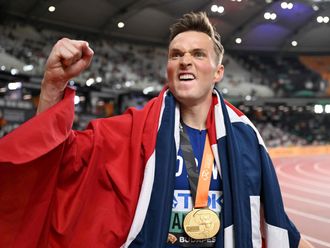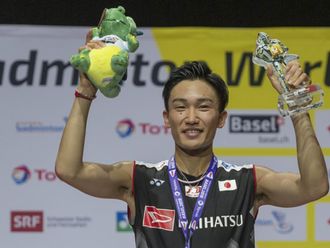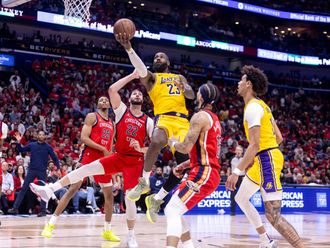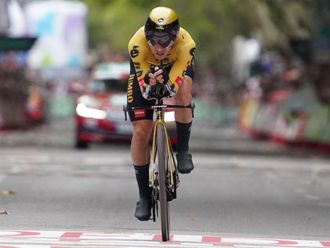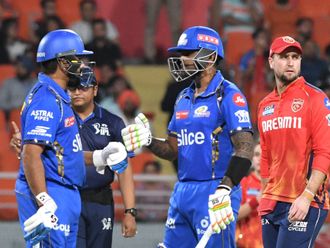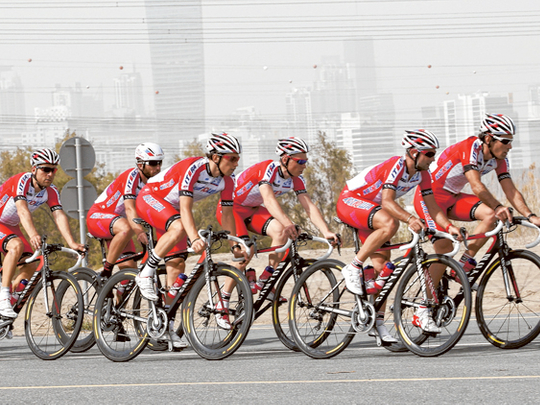
Dubai: What exactly happens in the background of a cycle race?
While the backstage activity in a Formula One race is quite a well-known story, the success of the inaugural edition of Dubai Tour prompted Gulf News to take a trip at the ‘green room’ of Team Katusha.
The first thing to consider is the equipment needed by a team during a race. For the longer events like the Grand Tours, the equipment is far greater, while for the shorter races it can come down considerably as per the needs of a team.
However, the basic equipment is eight bikes for the eight riders and as many as 24 spares. For the Grand Tour events, teams normally travel along with a team bus (it’s the headquarters and meeting point during the course of the race), a truck that carries among other things even a washing machine for daily laundry.
There are times when other equipment such as course cars, feeding vehicles and cycle racks are sourced locally.
“The basic concept is to travel light,” says Philippe Maertens, Team Katusha’s press officer, as he agreed to give us a glimpse of the cycling green room. “Going on a cycle race is like going out camping while shifting base every day. Over the years, everyone gets used to this sort of living.”
A bio-engineer by profession, Maertens was bitten by the cycling bug after which he spent a few years as a television journalist in his native Belgium. His last assignment was for four years with the Radioshack team after spending a couple of seasons with Astana.
Maertens said that teams have become more professional in the past few years and much more attention is paid to what the riders eat and how they rest.
“It’s all become so much more demanding as a sport,” he said.
Considering that riders are restricted to just two meals during a race — breakfast and dinner — they eat anything and everything from bread, spaghetti, omelettes and fruit. During the course of the race, riders take in a lot of water, gels, energy bars and bananas.
“They need a considerable amount of carbohydrates, protein and fibre to keep themselves going through the long and demanding rides each day,” Maertens said. “So they just load themselves during breakfast. Their next meal will only be dinner.”


